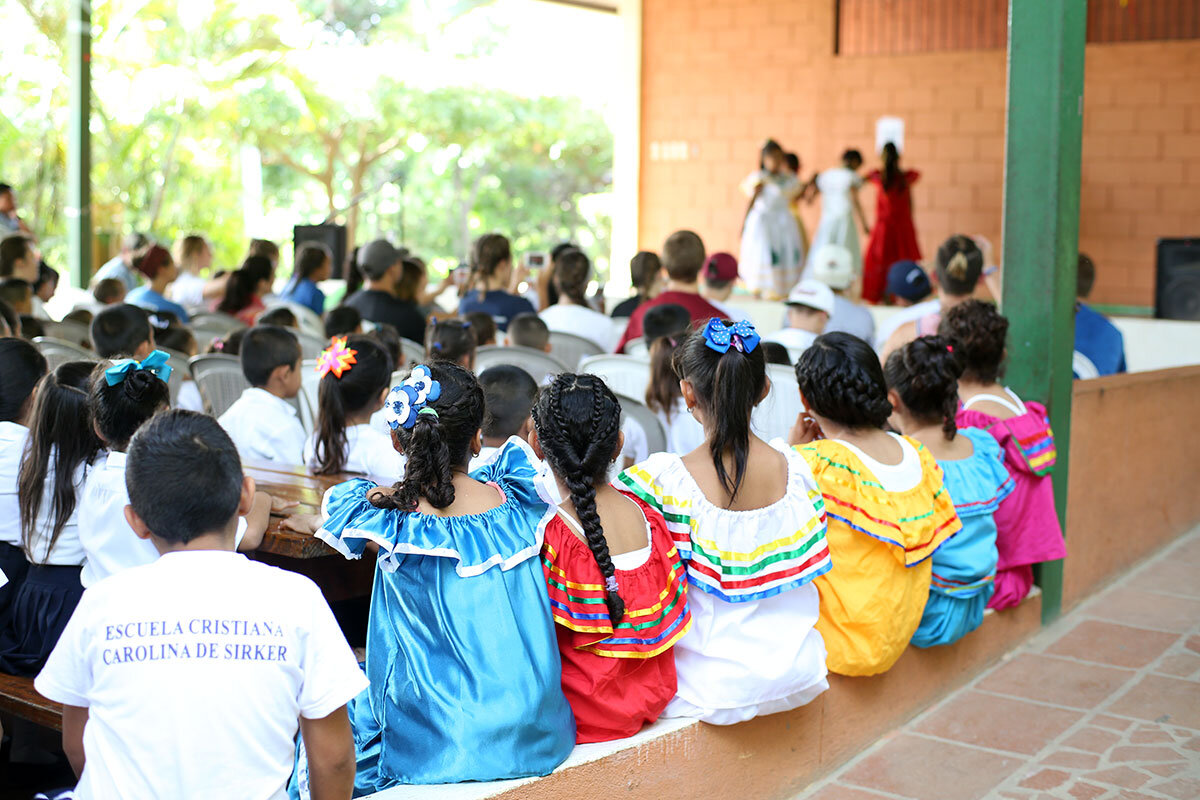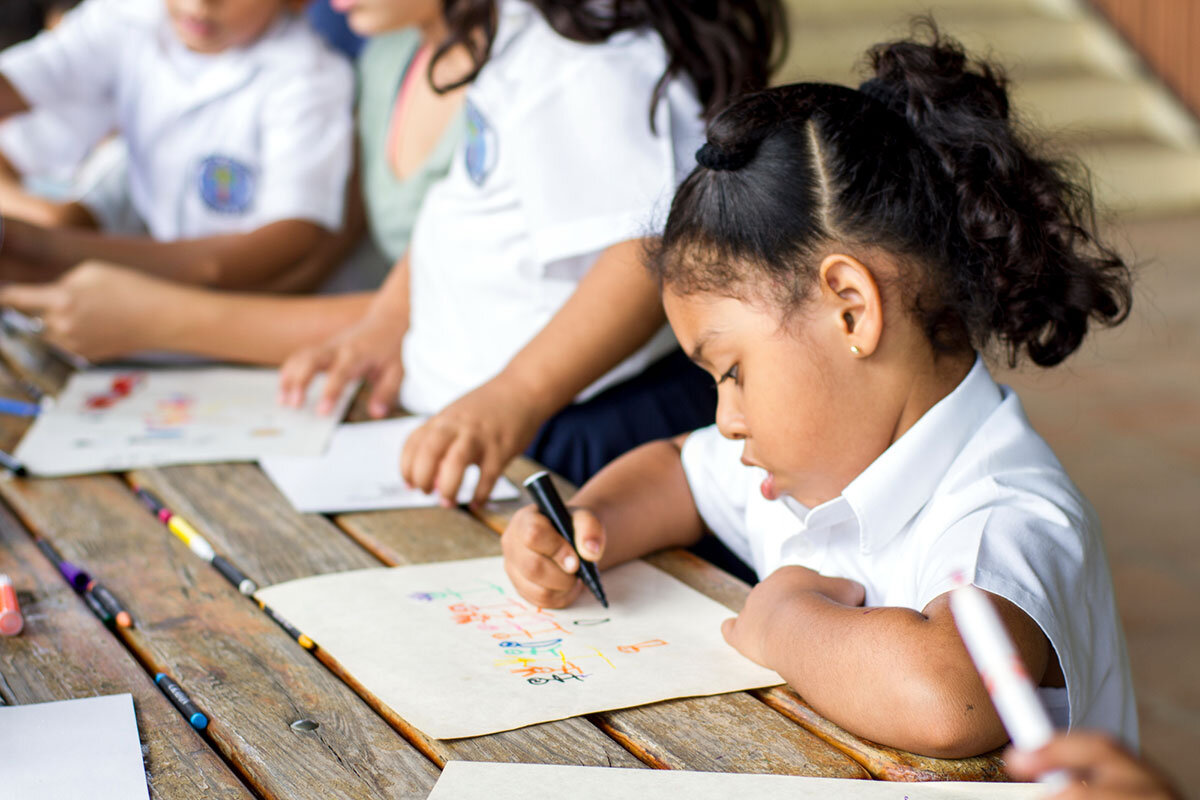
Our Neighborhood
Nejapa, Nicaragua: a suburb of Managua, the capital city of Nicaragua.
About Nejapa
People
Nejapa, a suburb community of Managua, Nicaragua’s capital city, is navigable by dirt roads and small moto taxis. Situated just past the Nejapa Lagoon, the community is filled with many homes where families of multiple generations live together under one roof, a health clinic founded by Dr. Nour Carolyn Sirker, private and public schools, and small convenience stores filled with simple snacks.
Each individual has a place in their home and community, giving uniqueness to their circles.
Livelihood
Nicaragua is the 2nd poorest country in the Western hemisphere, second to Haiti, and the poorest country in Latin America. This creates a difficult world for Nicaraguan’s to flourish in: from livelihood to education to physical health. Unemployment is high, as is a resulting alcoholism, malnutrition, and diabetes. Literacy is low in impoverished areas like Nejapa and rural communities because children have shorter school days (elongating their education), but also because they tend to enter the workforce early to help provide for their families needs.
Education in Nicaragua
Blue and white public school buildings, the colors of the Nicaraguan flag, dot the country. Each town is different, but on a whole students attend school for half the day. Elementary students attend school in the morning and high school students attend in the afternoon. Children are only required to attend school until the age of 12, resulting in an average 5th grade education level for the country. Each family differs in their academic experiences and beliefs which are born out of: access to higher education (some towns don’t have high schools, so teens either walk multiple miles to the next town which has a school or they stop attending), transition to children working in family fields instead of attending school, high rates of teen pregnancies, and many other personal and cultural influences.






